Low light house plants
ladylotus
11 years ago
Related Stories
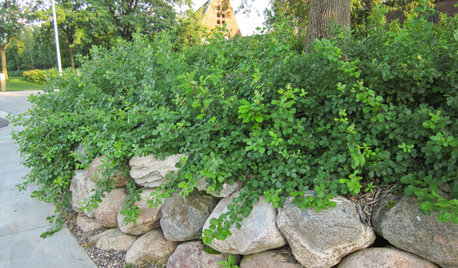
GARDENING GUIDESGreat Design Plant: Rhus Aromatica ‘Gro-Low’ Handles Many Tough Sites
Plant ‘Gro-Low’ fragrant sumac in eastern and midwestern U.S. gardens for its tolerance of tough sites, spreading form and orange fall color
Full Story
GARDENING FOR BUTTERFLIESGreat Design Plant: Parry Manzanita Stands Out in Low-Water Gardens
Make a dramatic architectural statement and feed wildlife in woodlands and more with Arctostaphylos manzanita
Full Story
GARDENING GUIDESGreat Design Plant: Rosa Banksiae a Low-Maintenance Beauty
This thornless, disease- and insect-resistant rose brings showers of white or yellow flowers to the spring garden
Full Story
SELLING YOUR HOUSE10 Low-Cost Tweaks to Help Your Home Sell
Put these inexpensive but invaluable fixes on your to-do list before you put your home on the market
Full Story
FALL GARDENINGGreat Design Plant: Low-Maintenance Allium Cernuum
Nodding onion is a Mid-Atlantic native bulb with beautiful midsummer blooms
Full Story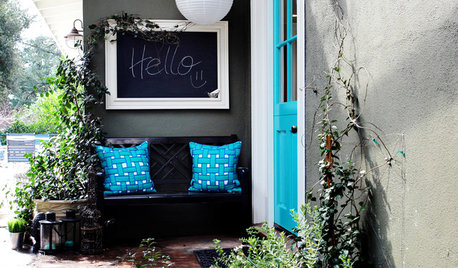
ENTRYWAYS8 Low-Cost Ways to Personalize a Front Entrance
Make a fantastic first impression with color, plants and other design-minded details for your entryway
Full Story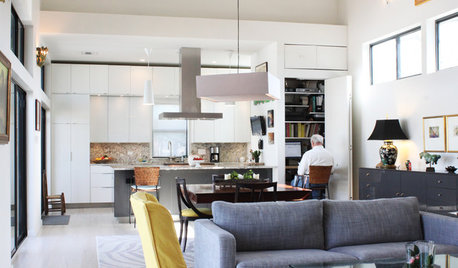
HOUZZ TOURSMy Houzz: Luminous and Low Maintenance in New Orleans
See the new build that replaced a hurricane-ravaged house, beginning a new chapter for a retiring couple
Full Story
LANDSCAPE DESIGN7 Low-Maintenance Lawn Alternatives
Turf isn't the only ground cover in town. Get a lush no-grass lawn with clover, moss and other easy-care plants
Full Story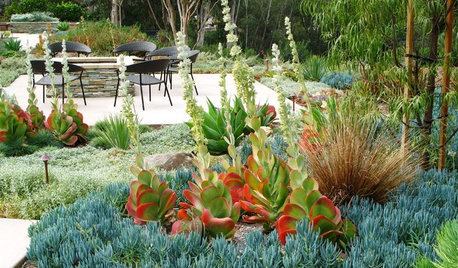
GARDENING GUIDESGreat Design Plant: Paddle Plant
If you're looking for awesomely strange foliage and low care requirements, this succulent is right up your alley
Full Story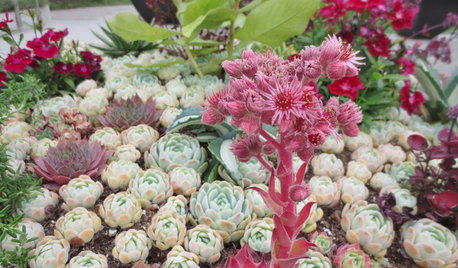
GARDENING GUIDESAlpine Plants: High Performers at Low Altitudes Too
So Heidi and the goats aren't your neighbors. Alpine plants can be lovely and low maintenance on difficult sites beyond the mountains
Full StoryMore Discussions








Laura Robichaud
Sarah1502
Related Professionals
Arnold Landscape Architects & Landscape Designers · Fitchburg Landscape Architects & Landscape Designers · Rancho Palos Verdes Landscape Architects & Landscape Designers · Suffern Landscape Architects & Landscape Designers · Fort Hunt Landscape Contractors · Gainesville Landscape Contractors · Long Beach Landscape Contractors · New Brighton Landscape Contractors · Parker Landscape Contractors · Pleasant Prairie Landscape Contractors · Rockwall Landscape Contractors · South Lyon Landscape Contractors · Shenandoah Landscape Contractors · Glenbrook Interior Designers & Decorators · Tahoe City Interior Designers & DecoratorsladylotusOriginal Author
Dzitmoidonc
Sarah1502
Dzitmoidonc
monet_g
slickrick2003
teengardener1888
Tiffany, purpleinopp Z8b Opp, AL
The Ficus Wrangler
mrlike2u
slickrick2003
ladylotusOriginal Author
slickrick2003
slickrick2003
mrlike2u
dsws
roseyd
The Ficus Wrangler
roseyd
ladylotusOriginal Author
Tiffany, purpleinopp Z8b Opp, AL